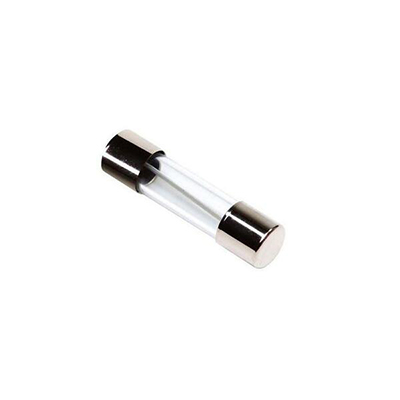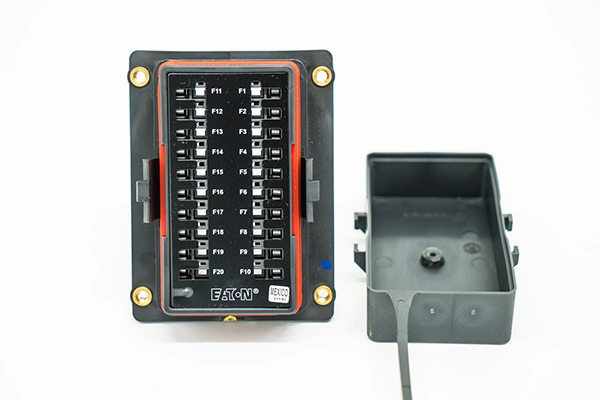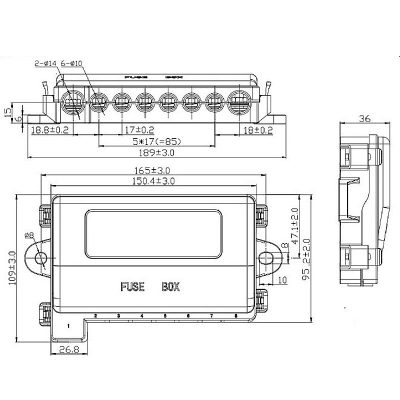current fuse for automotive electrical systems
News 2025-10-24
Automotive electrical systems rely heavily on current fuses to safeguard against overcurrent situations that could lead to catastrophic failures. These fuses act as automatic switches that interrupt the circuit when excessive current is detected, protecting wiring, components, and the vehicle as a whole. As vehicles incorporate more electronics, such as infotainment systems and advanced safety features, the role of fuses has become even more critical. They ensure that minor faults do not escalate into major issues, maintaining both safety and operational efficiency in modern automotive designs. Fuses are typically housed in accessible fuse boxes, allowing for easy inspection and replacement, which is essential for routine maintenance.

Key Applications in Vehicles
Current fuses find extensive use across various parts of a vehicle. In the engine bay, they protect high-current circuits like those powering fuel pumps and starter motors from short circuits caused by wear or environmental factors. Within the cabin, fuses safeguard low-voltage systems, including lighting, power outlets, and climate control, ensuring that a single fault does not affect the entire network. With the shift towards electric and hybrid vehicles, fuses are integral to battery management and charging systems, where they handle higher voltages and prevent thermal runaway. This adaptability makes fuses vital for both conventional and emerging automotive technologies, enhancing overall system reliability.
Performance Benefits in Automotive Use
Modern current fuses deliver superior performance through features like rapid response times and high durability. They are engineered to melt precisely at rated currents, isolating faults quickly to minimize damage to sensitive electronics such as sensors and control modules. Constructed from robust materials that resist corrosion and vibration, these fuses maintain integrity in harsh automotive environments, including extreme temperatures and moisture. Their design also supports energy efficiency by reducing the risk of power losses, and integration with diagnostic systems allows for easier fault detection. This combination of attributes ensures long-term protection and contributes to the longevity of automotive electrical components.
1. What is the main purpose of a current fuse in cars?
It protects electrical circuits by breaking the connection during overcurrent events, preventing damage and potential fires.
2. How do automotive fuses handle different current levels?
They are available in various ratings and types, allowing selection based on specific circuit needs to provide accurate protection without false trips.
3. Why are fuses preferred over circuit breakers in vehicles?
Fuses are cost-effective, compact, and offer faster response times, making them ideal for the space and reliability demands of automotive applications.


